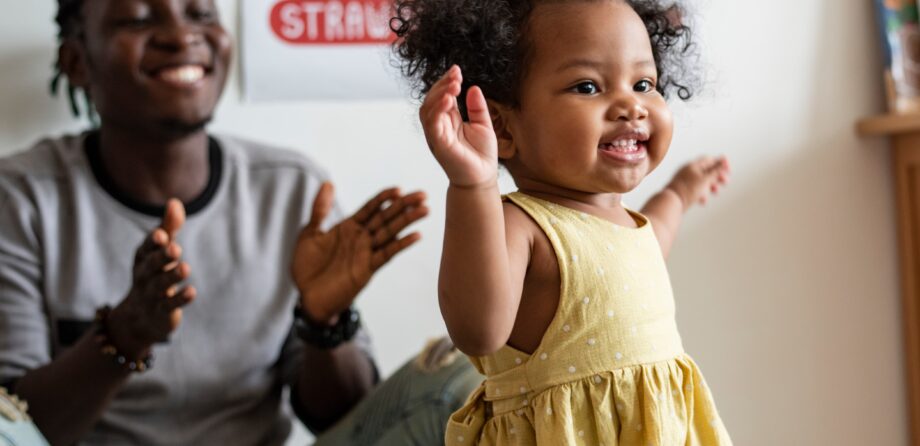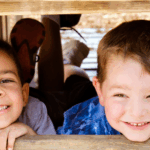
Dancing around the world: Cultural dance activities for early years
International Dance Day is a global celebration of dance. People everywhere use dance to express themselves, tell stories and to simply have fun. This cultural dance activity will take you on a magical dance journey to explore and celebrate how people move and dance in different parts of the world.
Learning aims
- Develop gross motor skills through a variety of movements and coordination
- Build cultural awareness by exploring dance from other parts of the world
- Listen and respond to the rhythm of the music
- Creative expression.
Resources you will need
- Music representing different cultures
- Videos showing dancing from a variety of cultures.
Dancing around the world activity guide
- Share International Dance Day with the children. Ask if they like to dance and why. Encourage them to describe how dancing makes them feel – you might need to model some descriptive language by telling the children how it makes you feel, for example, joyful, free, bouncy, etc.
- Warm-up: Play some gentle music and encourage children to stretch like animals – unfurl like a cat, stretch high like a giraffe, flutter like a butterfly, etc.
- Play music from different cultures: Introduce children to music from various countries, like Africa, Ireland, India, or Latin America. If you know children’s cultural backgrounds, include a song or dance from their country. If you’re not sure, ask families in advance if they can share a song or traditional dance with you. This is a great way to make children and families feel included and enhance their sense of belonging
- Watch videos of different cultural dancing such as bhangra – children can be introduced to mudras (hand positions) and some energetic bhangra moves, to create a simple Bollywood dance routine
- Movement ideas:
- Africa – stomp feet, bend knees, and clap hand to rhythmic drums
- India – move arms in a graceful, flowing movement
- Ireland – light-footed jumping and tapping toes (like Irish step dancing)
- China – slow, graceful movements like painting in the air
- Latin America – swaying hips, clapping, twirling
- Feel the rhythm of the music and enjoy!
How you can extend this cultural dance activity
- Free dance and freeze – play the music and let the children move in whatever way they want. Tell them when the music stops, they have to freeze like a statue to encourage listening and movement control
- Show on a map (paper or digital) where the music and dances come from.
NDNA products to support you with this activity
PANCo Training – NCFE CACHE Level 4 Award: PANCo (Physical Activity and Nutrition Coordinator)
Disclaimer: Activities with children must always be risk assessed, including for allergies or choking. Children must always have adequate supervision. Resources and materials must always be appropriate for children’s age and stage of development.
- MyNDNA
Similar Articles
Top tips: Kindness every day
World Kindness Day is a brilliant way to help nurture empathy, friendship and positive behaviour…
Read more 
Early years activity: Kindness potion
In the kindness potion lab, children mix ingredients for helping, sharing and other kind acts. This sensory, PSED focussed activity helps build…
Read more 

